Can only experts in chemistry successfully set-up and tune a catalytic converter model?

How to easily set-up a physical catalyst model in 5 steps
All vehicle OEMs have to consider how to reduce harmful emissions. This is a role handled by the catalytic converters, as part of the exhaust after-treatment system. Consider this part of the vehicle as an active element that receives chemical /species from the thermal engine and sends out cleaner gases. What happens inside is not magic but chemistry. For system or powertrain engineers, physical modeling of that catalytic converter using a 0D/1D approach remains a delicate task, because it comes within the competency of chemistry experts. Nevertheless, when it comes to the prediction of the emissions over various scenarios and/or vehicle configurations, what happens inside the catalyst is of key importance and must fit with real observations.
Consequently, Simcenter Amesim is one solution for all type of users in charge of the exhaust line model-based development. Indeed, thanks to the unique exhaust calibration tool any user can easily set-up and tune the physical catalyst model. This is made possible thanks to ready-to-use catalysts models (TWC, DOC…) with predefined reactions (by chemistry experts!). Check out below how this works with the following 5-step methodology:
- Set the exhaust line architecture
- Set the monolith/filter geometry
- Set the chemical scheme model (user-defined or taken from predefined reactions)
- Load and preprocess available test data
- Make use of optimization to automate the model calibration process
1. Set the exhaust line architecture
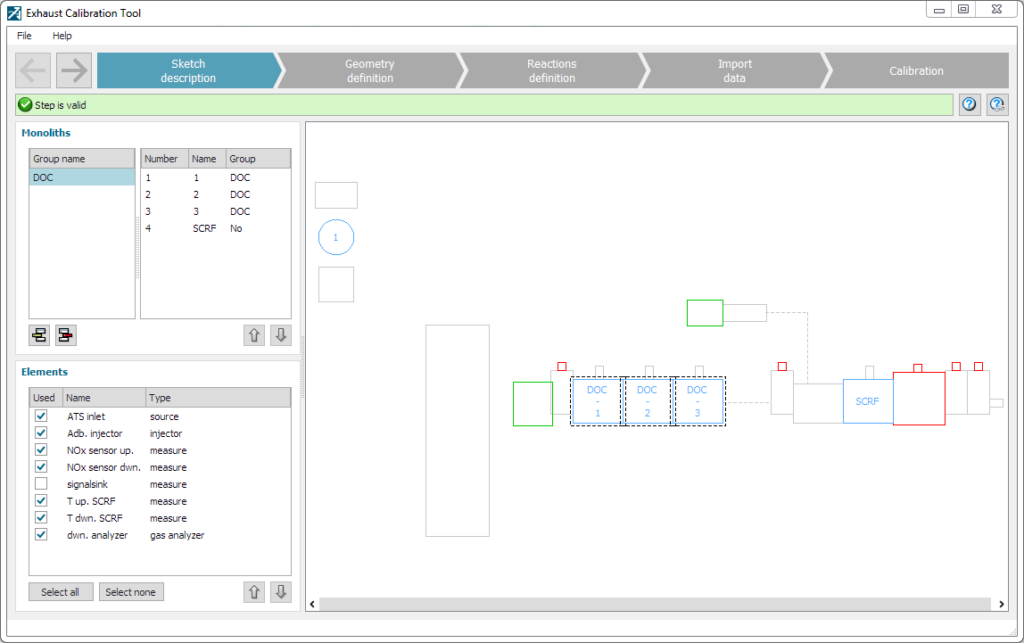
2. Set the monolith/filter geometry
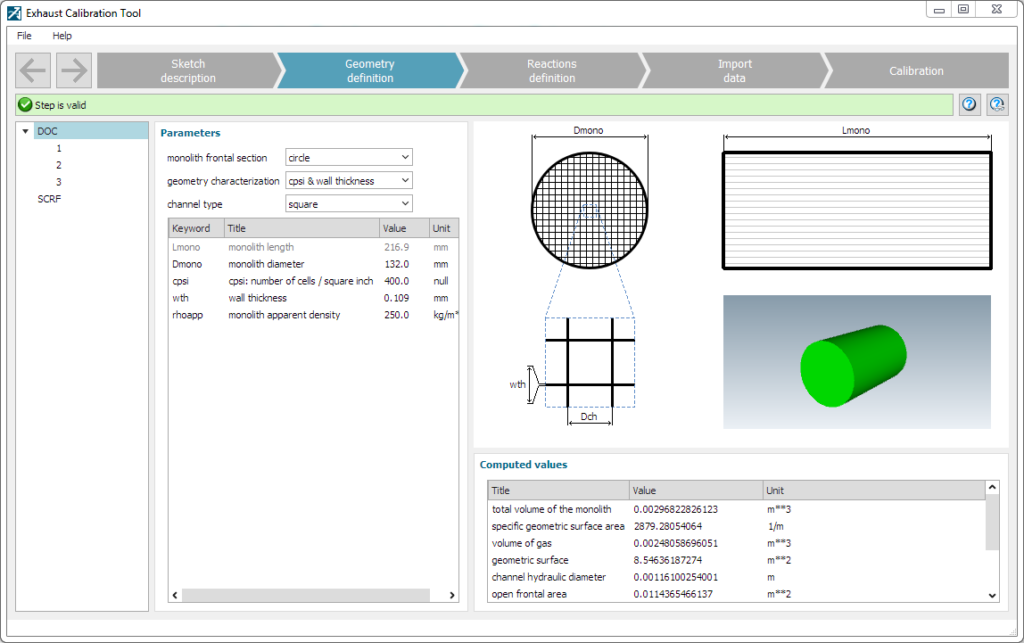
3. Set the chemical scheme model (user-defined or taken from predefined reactions)
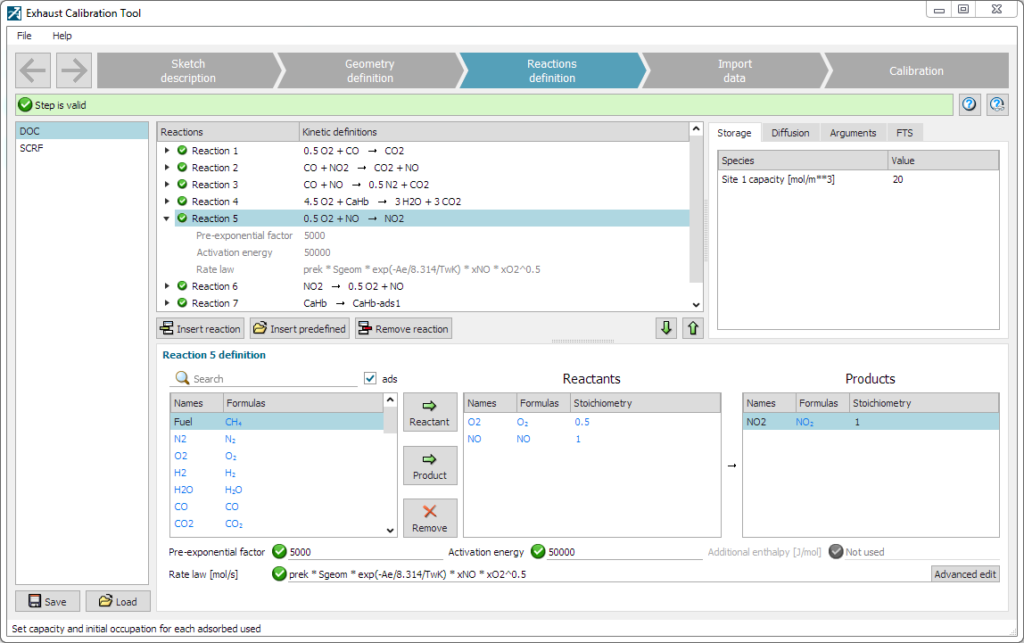
4. Load and preprocess available test data
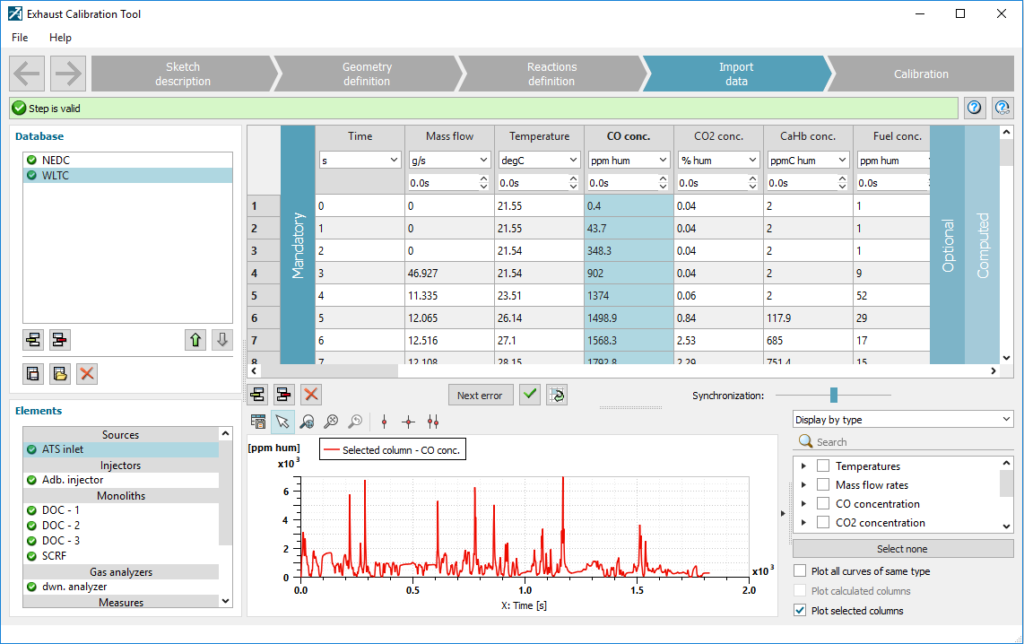
5. Make use of optimization to automate the model calibration process
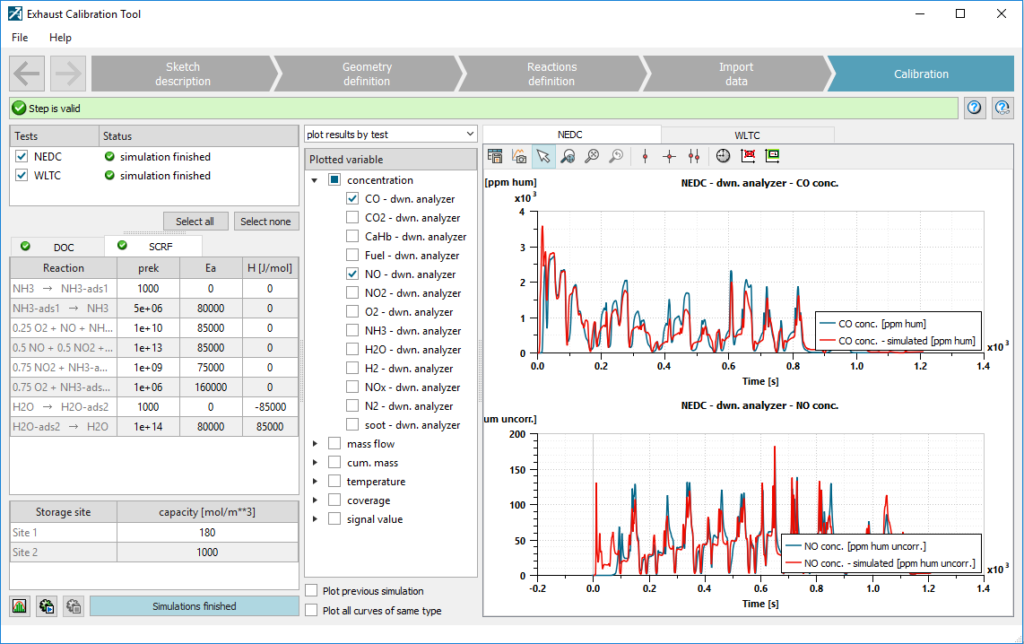
You are interested in learning more about the Simcenter Amesim Exhaust calibration tool? Then, join the on-demand webinar Optimizing exhaust systems for emissions reduction using simulation.
This webinar – hosted by 3 powertrain modeling experts – helps you to learn how system simulation enables the evaluation of numerous concepts and designs of exhaust after-treatment systems. Paul Boucharel, a technical expert for powertrain system analysis at Continental, goes one step further to the modeling strategy introduces above and explains how catalyst models are employed to develop control strategies for the global energy management of a powertrain. More info here
You can also watch out the customer success story video: Towards Real Driving Emissions Standard Compliance with Simcenter Amesim
Or follow step by step the video [TECH TIPS Simcenter Amesim] Accelerating calibration of after-treatment system models


